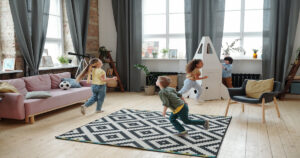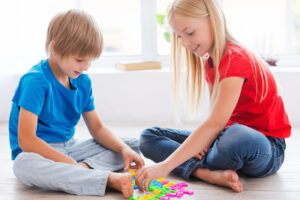
1. Familiarize yourself with their AAC (Augmentative and Alternative Communication) Device
· Once your child receives their device, it is important to explore the device yourself. To help your child learn to use the device, you need to also know how to use the device. This means taking the time to look through all of the folders on the device and finding words that your child uses frequently. You should work with your child’s speech therapist to learn how to edit the device and personalize it with your child’s favorite things.
2. Model
· To learn how to use their AAC device, your child needs to see others using it too. Outside of speech therapy sessions, you and other family members or friends can use the device to model words. Model words you think the child might want to use. Make sure to get to their level, so they can watch where the word is located.
3. Make it fun!
· When working with your child to use their AAC device at home, make it fun! Try to incorporate the device into highly motivating activities with your child. If your child likes to play with cars, think of different words you can model while playing with cars.
4. Make it a routine
· Pick different times in your day to focus on using the device with your child. It will take time and practice for your child to independently use the device. Make sure that the device is available throughout the day, so the child has access to it and communication can be modeled.
If you’re interested in learning more about using your child’s AAC device or getting your child their own dedicated AAC device, reach out to one of our locations to get scheduled a speech therapy appointment.


